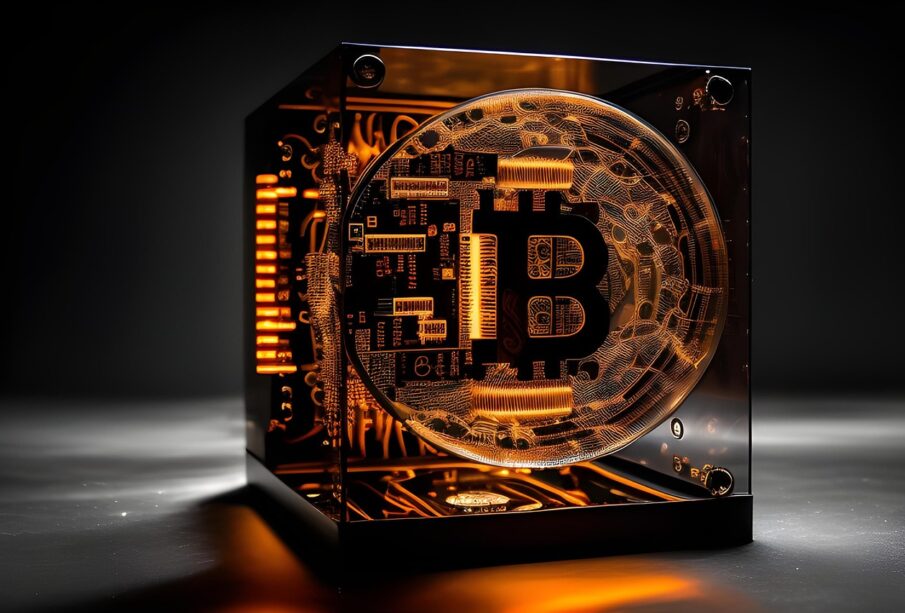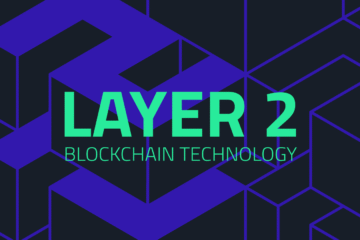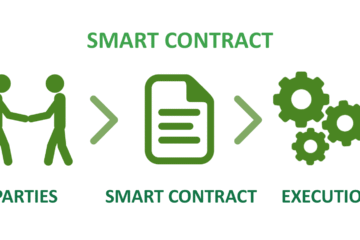Beginner’s Guide: What Are Bitcoin Mining Farms and Mining Pools?

What are mining farms and mining pools, how do they differ, and how do mining rigs fit into the picture?
These concepts might seem basic, but for newcomers to Bitcoin mining, they can be tricky to grasp. Yet, they’re essential for understanding the fundamentals of mining. Let’s break it down and explore these ideas.
01 Bitcoin Mining Rigs

The evolution of Bitcoin mining equipment mirrors the dramatic history of Bitcoin itself. In the early days, mining was done using CPUs—your standard personal computer. As Bitcoin’s price surged, miners sought greater efficiency, leading to a progression of mining hardware: from CPUs (computers) to GPUs (graphics cards), then FPGAs (Field-Programmable Gate Arrays), and finally ASICs (Application-Specific Integrated Circuits). Each generation brought significantly higher mining efficiency.
Professional ASIC miners caught the industry’s attention starting in 2012. In January 2013, veteran mining hardware company Avalon delivered the first commercial Bitcoin ASIC miner. Over the past eight years, ASIC miners have evolved rapidly, with chip sizes shrinking from 55nm to today’s cutting-edge 7nm. This has boosted computing power while improving energy efficiency (the energy consumed per unit of computing power).
02 Mining Farms
As Bitcoin’s price soared and ASIC miners advanced, the drawbacks of mining at home became clear. Beyond the noise and heat disrupting daily life, home mining raised issues like high electricity costs and potential complaints from neighbors. This created a need for dedicated spaces for mining rigs, giving rise to mining farms.
A mining farm is a large-scale, professionally managed facility designed to house and maintain mining rigs. Simply put, it’s a centralized hub for keeping miners running smoothly. Compared to mining at home, mining farms offer clear advantages:
First, cost savings. Mining farms are typically located in areas with abundant, cheap electricity, as power is the largest expense in mining. Access to low-cost electricity gives farms a significant cost advantage. Additionally, their large-scale operations streamline management and maintenance, reducing labor and service costs. Their size also grants stronger bargaining power, securing cheaper electricity rates and better service deals.
Second, professional expertise and industry specialization. On a micro level, hosting rigs at a mining farm means faster response times and professional repairs when issues arise. On a macro level, large-scale farms foster industry specialization, rapidly improving the skills and experience of professionals. This expertise, in turn, enhances the quality and capability of mining farm services.
Third, minimal disruption to daily life. Mining farms eliminate the disturbances of home mining, such as noise and heat, while also reducing legal risks like non-compliant electricity use or neighbor complaints.
03 Mining Pools

Now that we’ve covered mining farms, let’s talk about mining pools.
Mining is like a coin-tossing contest: the first to achieve a result that meets the Bitcoin system’s requirements wins the right to record a block and claim the block reward.
As mining’s total computing power (hashrate) has skyrocketed, the odds of a small-scale miner solving a block have become vanishingly small. A solo miner could invest heavily in rigs and electricity for years and still come up empty-handed. To mitigate this risk, mining pools emerged.
To avoid the uncertainty of no rewards over long periods, miners began “teaming up” to pool their resources and “tackle big projects together.” Individual miners connect their computing power to a mining pool via a network protocol. The pool assigns computing tasks to this collective hashrate, unifying what was once fragmented, solo efforts into a coordinated group effort. The scale of a mining pool ensures relatively stable daily output, and over time, the rewards approach the expected mathematical average.
Think of a mining pool as a project manager. The computing power connected to the pool is like team members following the manager’s instructions. The project is mining—finding a solution that meets Bitcoin’s requirements as quickly as possible. All team members work on tasks assigned by the manager and submit their results. The manager distributes rewards based on each member’s contribution, following a “pay-for-performance” model.
Mining pools bring several benefits to miners:
First, stable daily output. Pools reduce the risk of long periods without rewards, minimizing the uncertainty and volatility of solo mining.
Second, simplified operations. Small-scale miners no longer need to run a full Bitcoin node. They simply perform the computing tasks assigned by the pool, submit results, and earn rewards.










